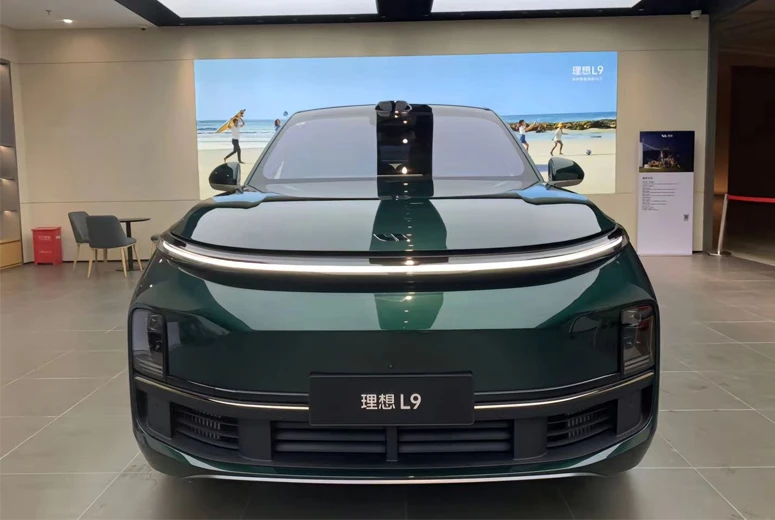new energy vehicle
The Rise of New Energy Vehicles A Sustainable Future on Wheels
In recent years, the automotive industry has witnessed a monumental shift towards new energy vehicles (NEVs), fueled by growing environmental concerns, advancements in technology, and changing consumer preferences
. As the world grapples with the impacts of climate change, transitioning to sustainable transportation has become a pressing priority. NEVs, which primarily include electric vehicles (EVs), plug-in hybrids, and hydrogen fuel cell vehicles, represent a pivotal step toward reducing our carbon footprint and promoting cleaner air.The inherent appeal of NEVs lies in their reduced emissions and improved energy efficiency compared to traditional internal combustion engines (ICEs). According to the International Energy Agency, the transportation sector is one of the largest contributors to global greenhouse gas emissions. By adopting NEVs, societies can significantly lower these emissions, thereby combating climate change and improving public health. For instance, switching to electric vehicles helps in alleviating urban air pollution, which is a major contributor to respiratory diseases and other health issues in densely populated cities.
Government policies play a crucial role in the successful adoption of NEVs. Many countries have recognized the importance of transitioning to new energy sources and have implemented incentives such as tax rebates, subsidies, and grants for consumers and manufacturers. Additionally, some nations have set ambitious targets for phasing out fossil fuel-powered vehicles altogether. For example, the European Union aims to have all new cars sold in its member states be zero-emission by 2035, a bold move that is expected to accelerate the shift toward cleaner transportation.
Technological advancements have also propelled the growth of the NEV market. Battery technology, in particular, has seen remarkable progress, with newer models featuring batteries that offer longer ranges and quicker charging times. These improvements alleviate consumers’ range anxiety – the fear of running out of battery power before reaching their destination – which has historically been a major barrier to EV adoption. Additionally, the emergence of fast-charging infrastructure, both in urban centers and along highways, has made owning an EV more convenient than ever before.
new energy vehicle

Moreover, the burgeoning interest in NEVs has led to increased competition among automakers, resulting in a wider variety of models that cater to different consumer needs and preferences. From compact cars to luxurious sedans and rugged SUVs, there are now numerous options available for buyers keen on making the switch to electric. The competition is not limited to traditional car manufacturers; new entrants, including startups and tech companies, are also racing to innovate and capture market share, offering cutting-edge features like autonomous driving capabilities.
However, the journey to a future dominated by NEVs is not without challenges. The production of batteries, particularly lithium-ion batteries, raises concerns regarding resource extraction and environmental sustainability. The mining of lithium and other materials can have detrimental effects on ecosystems and local communities. As such, the industry must prioritize responsible sourcing and invest in recycling technologies to ensure a sustainable lifecycle for batteries.
Furthermore, while electricity generation from renewable sources is on the rise, it is not yet universally implemented. In regions where coal is still a primary energy source, the overall emissions benefits of driving an EV may be diminished. Therefore, integrating renewable energy into power grids is crucial to maximizing the environmental advantages of NEVs.
In conclusion, new energy vehicles represent a transformative force in the automotive landscape, offering a sustainable alternative to traditional vehicles. This transition not only addresses critical environmental concerns but also stimulates economic growth and fosters technological innovation. As governments, manufacturers, and consumers collaborate to overcome existing challenges, the road ahead looks promising for NEVs. Embracing this change is not just about adopting new technologies; it is about committing to a healthier planet and ensuring a sustainable future for generations to come. The shift to new energy vehicles is not merely a trend; it is an essential evolution toward a more sustainable and responsible mode of transportation.
-
SINOTRUK HOWO 84 Electric Dump Truck for Eco-Friendly Heavy HaulingNewsJul.26,2025
-
The Fast 16-Gear Manual Transmission Assembly for Heavy TrucksNewsJul.25,2025
-
Mercedes Benz Actros 1848 42 Tractor Truck for Sale - Reliable PerformanceNewsJul.24,2025
-
High-Quality Water Pump Assembly for Sinotruk Trucks – Durable & ReliableNewsJul.23,2025
-
Premium Truck Engine Antifreeze Coolant Fluid for Heavy Duty VehiclesNewsJul.22,2025
-
FOTON View G7 Mini Bus: Affordable & Spacious TransportNewsJul.22,2025
Popular products

























